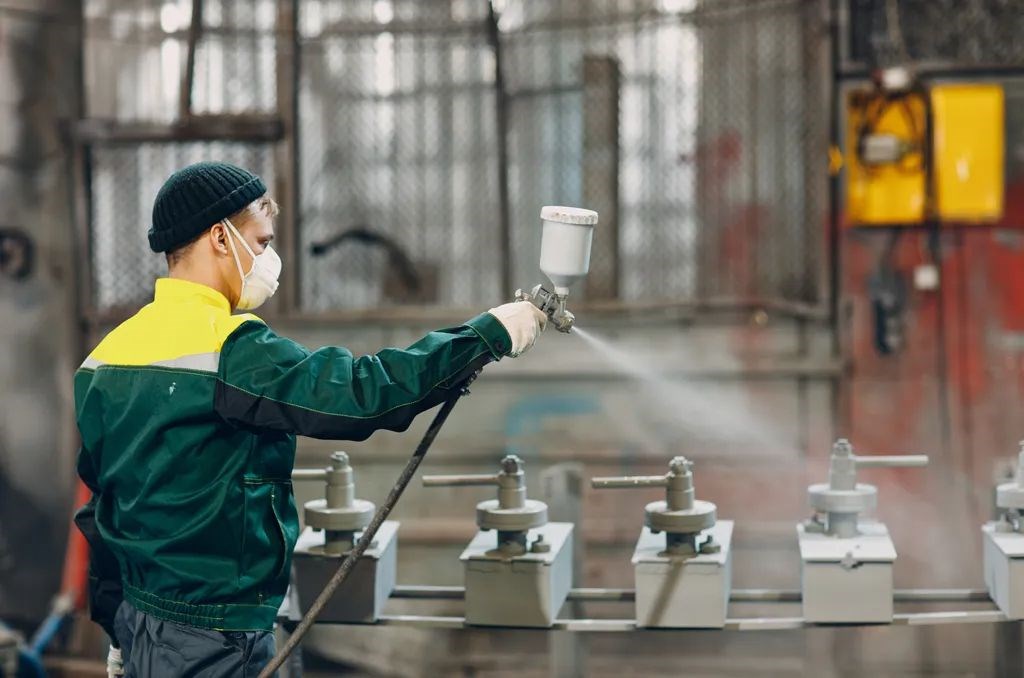Paint primer guide
Published date: 05 September 2023

When it comes to achieving a flawless and long-lasting paint finish, one of the crucial steps in the process is applying a paint primer. Primer is a fundamental element in any painting project, but many people may not fully understand its importance and how to use it effectively. In this guide, we will delve into the world of paint primers, discussing what primer is, its various types, and why it’s a vital component of any painting job.
What is Paint Primer?
Paint primer, also simply known as primer, is a preparatory coating applied to a surface before the application of the final paint layer. Its primary purpose is to create a smooth and uniform surface for the paint to adhere to. Paint primer plays several key roles in the painting process, such as improving paint adhesion, enhancing paint durability, sealing porous surfaces and preventing stains from bleeding through.
Types of Paint Primers
There are three basic types of paint primers available. Each of these possesses distinct advantages and drawbacks, and works best on specific surfaces and under particular conditions.
- Latex primer: Latex primer, based on water, is well-suited for interior walls and ceilings. It is ideal to smooth out rough surfaces for painting. Notable for its swift drying time and minimal odour, it forms a reliable bond, especially on soft wood, brick, concrete and galvanized metal.
- Oil-based primer: Oil-based primers, known for their remarkable stain-blocking abilities, find their niche on surfaces prone to stains and tannin bleed-through, such as wood, steel and other metal. They deliver robust adhesion and durability. Oil-based primers work with both oil paints and latex paints.
- Shellac primer: Shellac-based primers excel in neutralising stubborn stains, combating odours, and concealing imperfections like knot holes in wood. They work great on metal, plaster, wood and even plastic. They also boast swift drying times and outstanding adhesive properties.
When to Use Paint Primers
Knowing when to use paint primers is crucial to achieving the best results. Here are some scenarios where primer is essential:
- New walls: Primer should be applied to new, unpainted walls to improve paint adhesion and ensure an even finish. This is especially true for drywall and bare wood.
- Painting over metal or plastic: Metal or plastic surfaces can be difficult to paint over. A primer will provide improved adhesion for the paint and protect metal surfaces from rust.
- Colour changes: When painting over existing paint, it’s recommended to use primer if the old paint is darker or very vivid. It will help hide the old colour.
- Painting over a different type of paint: Primer is useful when transitioning from an oil-based paint to a latex-based one, as it enhances the adhesion of the new paint layer.
- Stains and discolouration: To cover up stains, watermarks, or discolouration on walls or ceilings, a stain-blocking primer is necessary.
How to Apply Paint Primer
Priming a surface is a straightforward process:
- Prepare the surface: Clean and prep the surface by removing any dirt, dust, or loose paint. Repair any cracks or holes, and sand the surface if necessary.
- Select the right primer: Choose the appropriate type of primer for your project based on the surface and the type of paint you intend to use.
- Apply the primer: Use a brush, roller, or spray gun to apply the primer evenly. Follow the manufacturer’s instructions for drying times and the number of coats required.
- Sand and smooth: After the primer has dried, lightly sand the surface with a fine-grit sandpaper, to ensure it’s smooth and ready for the final paint coat.
- Paint application: Once the primer is fully dry, you can proceed with applying your chosen paint.
At Conro Electronics, we’ll show you how to improve product reliability while increasing performance and lowering costs. Our team of technical support specialists will provide your company with dependable global supply, unrivalled efficiency, and superior technical support.
Feel free to contact us on 0208 953 1211 or send us an email to info@conro.com




Comments
There are currently no comments, be the first to comment.